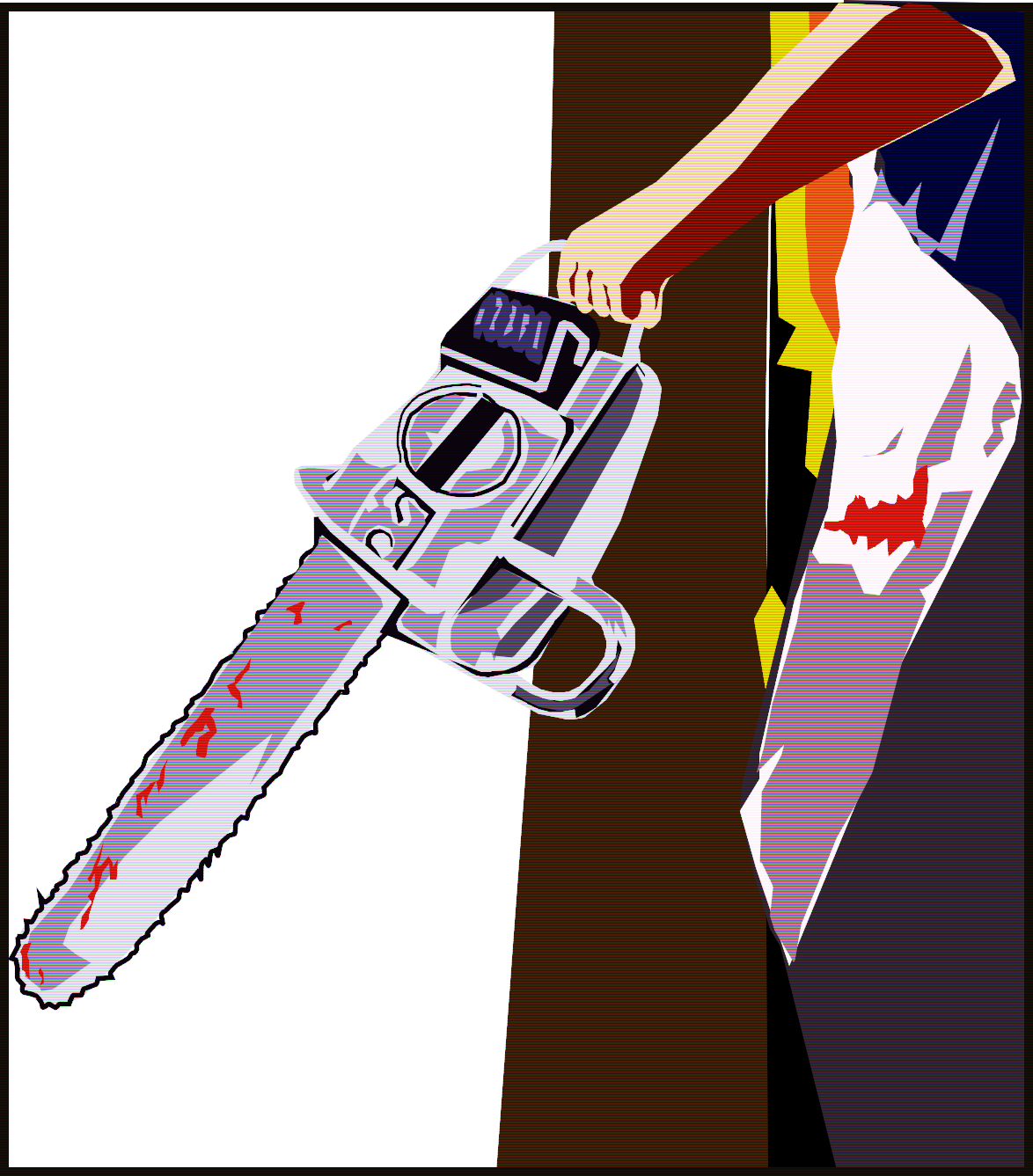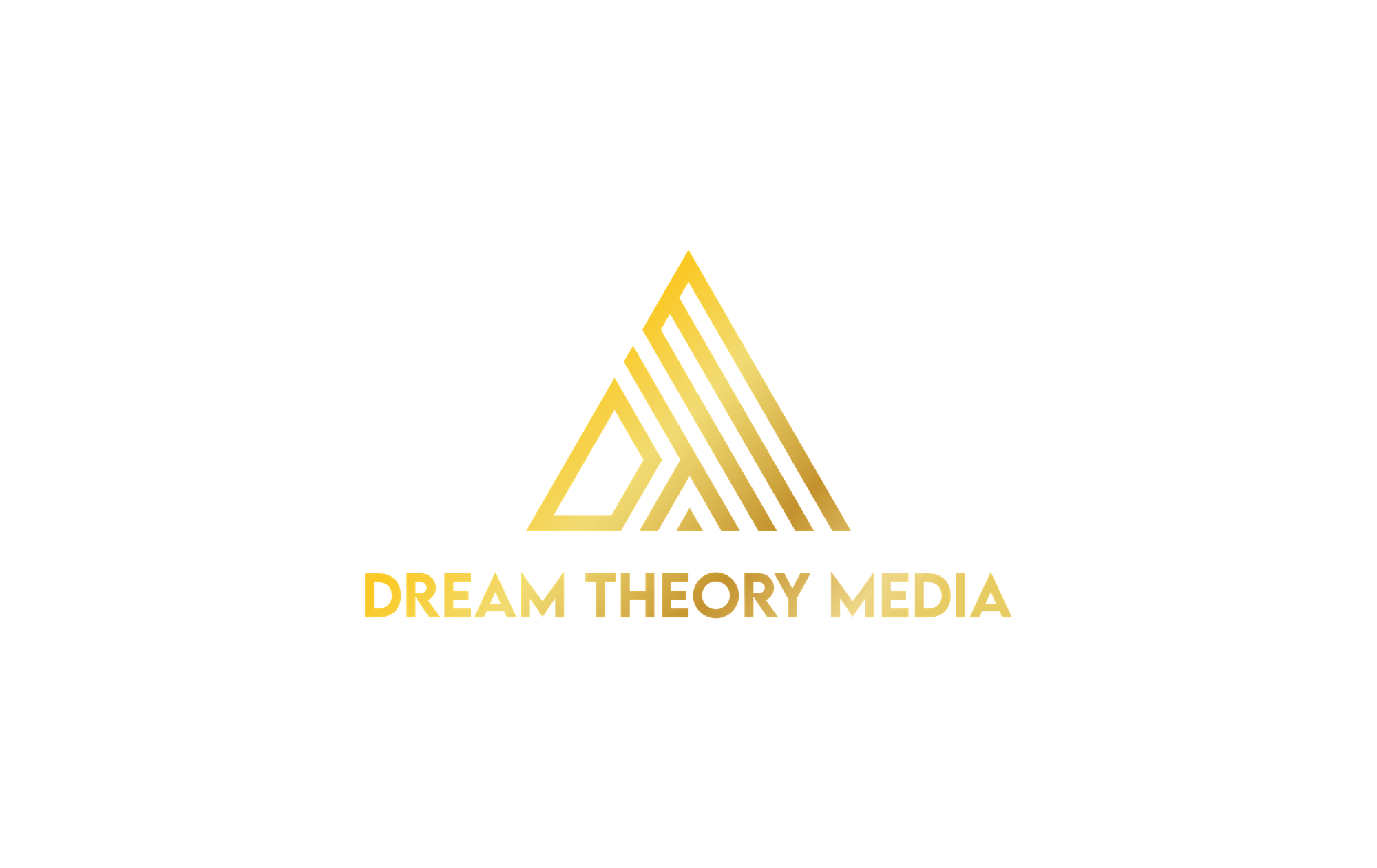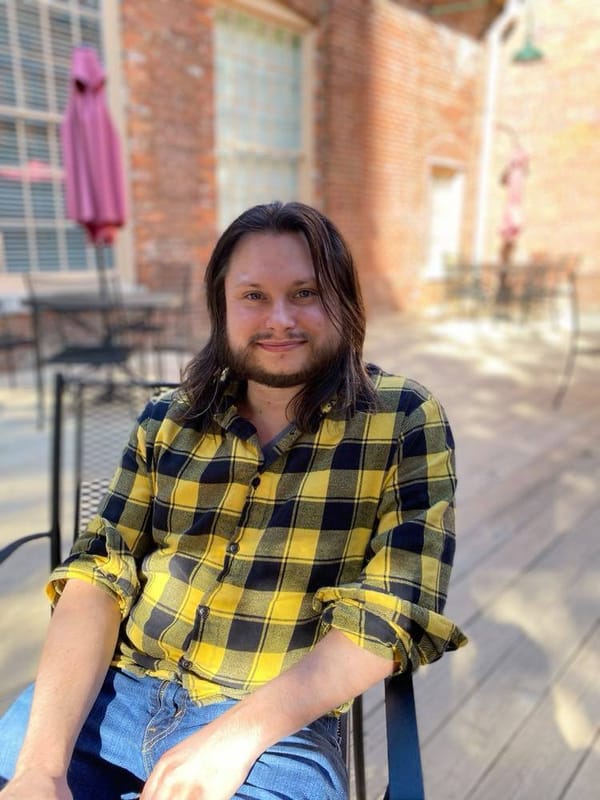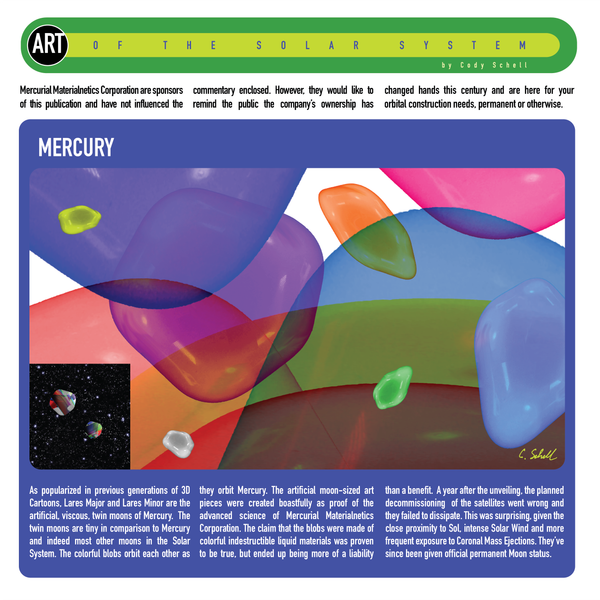A Personal History of Horror Films in 101 Quirky Objects # 30: Pam’s ‘American Astrology’ magazine in The Texas Chain Saw Massacre (1974)

by Vince Stadon
“Oh, no. Capricorn's ruled by Saturn.” – Pam
I always thought ‘chainsaw’ was one word, and that all the chainsaws came from Texas. I don’t think I ever witnessed one in the wilds of England till I watched a guy from the Forestry Commission cut down a sick Elm tree in the woods near my school. I remember talking to him when he was on a tea break and noting that his accent was more Trowbridge than Texas. And I don’t think there has ever been a massacre in Trowbridge, certainly not one involving a chainsaw. I’m pretty sure there’s never actually been a chainsaw massacre in Texas, either, despite the narrated title card which purports that The Texas chain Saw Massacre is “one of the most bizarre crimes in the annals of American history.”
This is a summer film, and it’s to be watched only when you’re sick of the summer. When you’re sweaty and you’ve got a headache, and the sun is frying you and you can’t eat, and the smell of your neighbour’s barbeque is making you sick – stick this film on. It won’t make you feel any better (it’s not a ‘feel good’ movie), but you don’t always need to feel better; sometimes you just need to feed your bad mood.
Pam, one of the characters in this film, is into astrology. Pam is a hot young woman from the early 1970s, the dawning of ‘the Age of Aquarius’, and you can bet she went to Woodstock (which was billed as ‘an Aquarian exposition’, whatever that means). She might even have gone to Altamont, where free love and free music suddenly and shockingly got a body count. Still reeling from the seismic social changes of the ‘60s, America wasn’t prepared for the 1970s and how dark things were going to get. America was like Pam at the start of The Texas Chain Saw Massacre, tanned and fit and happy, travelling in a van with friends, enjoying the summer. But the gas was going to run out and the van was going to stop and pick up a psychotic hitchhiker, and graves were being dug up and the corpses stolen, and dead animals were littering the winding highways, and the news on the radio was about death and murder, and there were no jobs any more, and up ahead was a house you did not want to go into, ever, because if you did the people there would kill you and hang you from a meat hook and then dismember your corpse with a chainsaw and then cook you and eat you and maybe even wear your skin as a mask.
And that’s Pam’s fate, and that’s America’s 1970s: Watergate and the Energy Crisis and high unemployment and spiralling inflation and the sheer horror of Vietnam (broadcast nightly on the news: Tobe Hooper cites the ‘casual brutality’ shown in graphic imagery as an inspiration for this film) and Charles Manson and Ted Bundy and The Son of Sam and the Zodiac Killer and John Wayne Gacey and the Hillside Strangler and Jim Jones leading 900 suicidal followers to death by Kool-Aid. The signs were bad for Pam, as her stars were not in alignment. And boy were the stars and signs bad for the US.
In that list were several serial killers (a term invented in the 1980s), but the serial killer who belongs to anything written about The Texas Chain Saw Massacre is Ed Gein, ‘The Butcher of Plainfield’, or ‘The Plainfield Ghoul’. Gein cut up his victims and used body parts as decoration around his house. He also wore the skin of one of his victims (his own mother, in fact) as a mask. And he desecrated graves from a local cemetery and stole bodies to take home to play with. He is clearly the key inspiration for both Norman Bates in Psycho (1960) and The Texas Chain Saw Massacre’s lead ‘monster’, the hulking, mask-wearing, chainsaw wielding Leatherface. Leatherface, though, is also somehow a pathetic victim, subject to bullying, having a terrible day, at one point sitting down and putting his head in his hands in clear distress because people keep walking into his house and bothering him. I sympathise. Leatherface also sustains wounds during this film – a truck driver throws a wrench at him and Leatherface, still swinging a chainsaw, falls heavily to the ground and the chainsaw takes a chunk out of one of his legs, poor fellow. It’s face-meltingly hot in Texas and Leatherface is sick of the summer and those bad summer stars and signs.
There’s no money in the Texas of The Texas Chain Saw Massacre. No money and no gas, and no industry. Americans are fed on beef, but the Texas slaughterhouses are all closed and all that’s left are old photos of dead meat. Capitalism fails, and when it does there’s nothing left but cannibalism in the sickly and sweaty 100-degree summer heat as the relentless summer sun blasts down and all poor Pam can do is read her ‘American Astrology’ magazine and see what the stars say.
~
More obvious picks for an object to represent this film: chainsaw; Dead armadillo; Franklin’s wheelchair; penknife; straight razor; sledgehammer; Leatherface’s human skin mask; leather apron; bone art sculptures; meat hook; the ‘face lamp’.
The Texas Chain Saw Massacre (1974); 83 mins; US
Directed by Tobe Hooper; Written by Kim Henkel and Tobe Hooper; Produced by Tobe Hooper; Cinematography by Daniel Pearl; Music by Tobe Hooper, Wayne Bell
Marilyn Burns (Sally Hardesty); Allen Danziger (Jerry); Paul A. Partain (Franklin Hardesty); William Vail (Kirk); Teri McMinn (Pam); Edwin Neal (Hitchhiker); Jim Siedow (Old Man); Gunnar Hansen (Leatherface); John Dugan (Grandfather)




